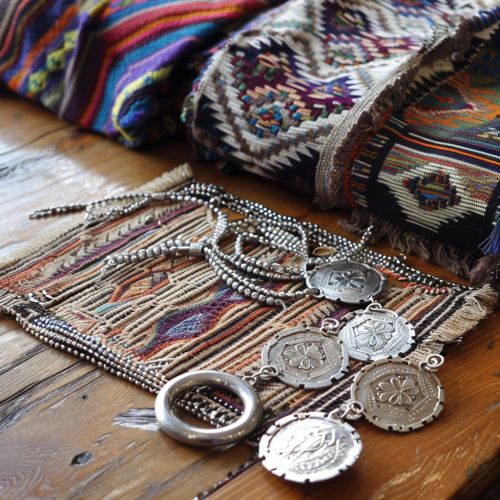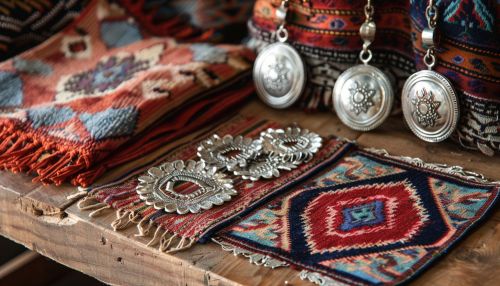Mapuche culture
Introduction
The Mapuche are an indigenous people from south-central Chile and southwestern Argentina, including parts of present-day Patagonia. Their culture is rich and complex, encompassing a variety of social, religious, and economic practices that have evolved over centuries. This article delves into the various aspects of Mapuche culture, providing a comprehensive and detailed exploration of their traditions, beliefs, and societal structures.
History
The Mapuche people have a long history that predates the arrival of the Spanish in the 16th century. Archaeological evidence suggests that the Mapuche have inhabited the region for thousands of years. They were known for their resistance to Spanish colonization, engaging in the Arauco War, which lasted for over 300 years. The Mapuche successfully maintained their independence until the late 19th century when they were finally subdued by Chilean and Argentine military campaigns.
Language
The Mapuche speak Mapudungun, a language that belongs to the Araucanian language family. Mapudungun is characterized by its agglutinative structure, meaning that words are formed by stringing together morphemes. Despite efforts to suppress the language during colonization, it has survived and is still spoken by many Mapuche today. Efforts are ongoing to revitalize and promote the use of Mapudungun among younger generations.
Social Structure
The Mapuche social structure is traditionally organized into lof, which are kinship-based communities. Each lof is led by a lonko, a chief who holds both political and spiritual authority. The Mapuche society is also divided into various rehue, which are territorial divisions that play a crucial role in their social and religious life. The concept of admapu, a set of customary laws and norms, governs the social interactions and responsibilities within the community.
Religion and Beliefs
The Mapuche religion is deeply rooted in their connection to nature and the spiritual world. They believe in a supreme deity called Ngenechen, who is the creator of the universe. The Mapuche also venerate a variety of spirits and deities associated with natural elements such as the sun, moon, and earth. The machi, or shaman, plays a vital role in Mapuche religious practices, acting as a mediator between the human and spiritual worlds. Rituals and ceremonies, such as the nguillatun, are essential aspects of their religious life.
Economy
Traditionally, the Mapuche economy was based on agriculture, hunting, and gathering. They cultivated crops such as maize, potatoes, and quinoa, and raised livestock including llamas and sheep. The introduction of European goods and technologies during colonization had a significant impact on their economic practices. Today, many Mapuche continue to engage in agriculture, while others have integrated into the broader Chilean and Argentine economies, working in various sectors such as forestry, fishing, and tourism.
Art and Craftsmanship
Mapuche art and craftsmanship are renowned for their intricate designs and symbolic meanings. They are skilled weavers, producing textiles such as ponchos, blankets, and belts using traditional techniques. The trarilonko, a woven headband, is a notable example of Mapuche textile art. Woodworking is another important craft, with artisans creating items such as chemamull, wooden statues used in funerary practices. Mapuche silverwork, including jewelry and ceremonial items, is also highly valued for its craftsmanship and cultural significance.


Music and Dance
Music and dance are integral to Mapuche culture, serving both ceremonial and recreational purposes. Traditional instruments include the kultrun, a drum used in religious ceremonies, and the trutruka, a type of trumpet. Mapuche music often features rhythmic patterns and melodies that are passed down through generations. Dance forms such as the choike purrun, or ostrich dance, are performed during festivals and rituals, symbolizing various aspects of their cosmology and social life.
Contemporary Issues
The Mapuche people continue to face numerous challenges in the modern era. Land rights and territorial disputes remain a significant issue, as many Mapuche communities seek to reclaim ancestral lands taken during colonization. There are also ongoing efforts to preserve and promote Mapuche culture and language in the face of globalization and assimilation pressures. Various Mapuche organizations and activists work to address these issues, advocating for greater recognition and autonomy within the Chilean and Argentine states.
